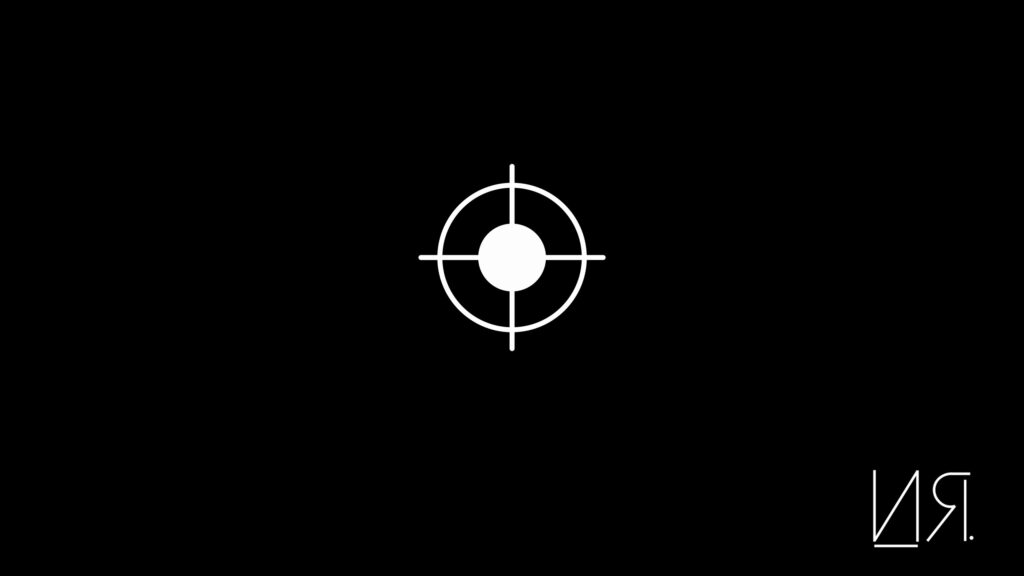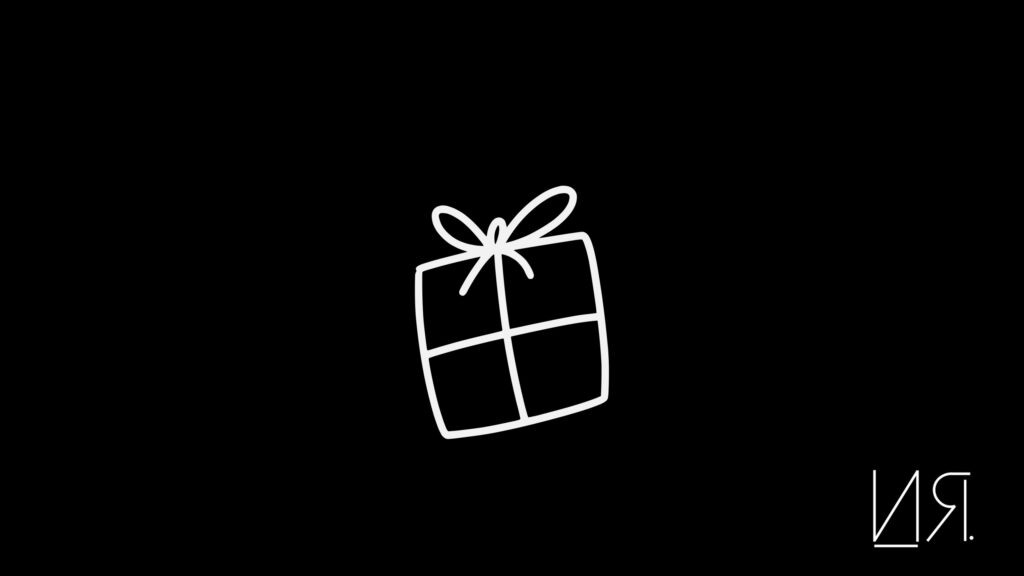Pay Attention
Time is your most valuable asset.
So I’m not going to waste it.
The inevitable truth is that we are all going to die one day.
What you do with your limited time on this earth is entirely up to you.
I know. I’m in such a cheery mood.
But that’s the truth.
Regardless of what you do, we all have the same limited amount of resources.
No one is given more than 24 hours in a day. (If you know someone that is, please let me know. I think they and AI will go hand-in-hand like AI next next level).
We all have the same number of hours, days, and weeks in a year.
How is it that some people end up doing and achieving a lot more than others with the same limited amount of time?
It boils down to what we do with our ATTENTION.
And we all use it differently.
What you focus your attention on is where you see results and transformation.
Now, here’s the hard truth: Your attention is all over the place. Hijacked by your primal brain and the information sea that you’re swimming in.
You might not know this but you are in the matrix…
Distraction after distraction, pulling your attention towards the most novel thing it’s biasing for this next time around.
That whatsapp message is pinging
That instagram notification is ringing
I better get to my inbox quick
In my head, my boss’ critique starts singing
When you can’t focus your attention, you feel scatter-brained (not sure if that’s a word), pulled in different directions.
When your attention is constantly under duress. Your creative productivity suffers. You don’t hit goals you set for yourself. You get demotivated. You lose hope.
Soon enough, you start to beat yourself across the same head: “why can’t I get things done?” Why can’t I focus”
You say all this while scrolling through the text of a guy that grew up in Ikeja, Lagos and posts things on LinkedIn.
Knock Knock.
Listen.
You have a choice.
The blue or red pill?
In my left hand – the blue pill. You close this message. You never read this.
OR
Here in my right hand – you take the red pill and you keep reading.
I’ll take you down the rabbit hole and reveal how you can unplug from the matrix, focus and get your attention back under control.
Here’s some water (don’t just be busy for busy sake)
That should help that red pill go down easier.
Now that I have your full attention now for the next 5 mins.
Let’s move quickly.
We are in the conceptual era – where your creative energy is the most valuable thing you have.
Your creative energy comes from what you pay attention to.
Your grasp on your attention is what sets you apart.
Your inner dialogue coupled with the constant barrage of information from our screens and constantly being plugged in.
You lose your attention.
But you can claim it back. One day at a time.
Here’s how I reclaim my attention. I hope it helps you too.
Five things to reclaim your focus.
It all starts with awareness and intention.
It has helped me run my business, write two books, produce a lot of music, launch an NFT project, while maintaining my relationships.
Build with intention. Boost your creative production.
It will help you actively work towards your dreams with a less stressful approach to life.
1. One task at a time
You are not good at multitasking. Stop trying.
There was a time when multitaskers got so much praise.
It used to be an interview question to prepare for.
“How good are you at multitasking and can you give an example of the multiple ways you multitask?”
The reality is that your attentional space can only fit in a few tasks at once.
It is already occupied with some of your subconscious activities – breathing, chewing gum, the music playing in the distance.
So when you want to improve on the quality of your attention, it is best to parse it down into a singular event. You will need most of your attentional space to do one task especially if the task requires your problem-solving skills.
I’m learning to get better at this by being aware of the different modes I have to be in for different tasks. There’s a switching cost associated with going from one task to the other.
Focus on one task at a time to improve the quality of your attention.
2. Awareness of your thoughts (being intentional)
To be successful at doing that one task, you have to be intentional.
Attention without intention is wasted energy.
When you decide to focus, you have to get clear on what the focus of your attention will be on.
Has this ever happened?
You walked into a room, just to get there and wonder “what did I come here for again?”
It happens to me a lot of times. Usually towards the end of the day. That’s when I know it’s time to call it.
“our brain receives eleven million “bits” of information in the form of sensory experience each second. Our minds consciously process and focus on only forty of those 11 million bits at once.”
Estimated by Timothy Wilson, a professor of psychology at the University of Virginia
Your brain is usually focused on the external environment or the internal workings of your mind.
When you are solely focused on external stimuli without any conscious processing – you’re in autopilot mode. When your internal mind has taken over, you are daydreaming about your future imagined self or beating yourself up about your past.
Without clear intention, your wandering brain is going to do what it does best – wander.
Be intentional about what the one thing you want to work on.
When you find your mind wandering. Don’t judge it. Just observe it, breathe, and just bring attention back to your initial intention.
3. Stay clear of distractions
Set yourself up for success. Reduce the distractions trying to plug you back into the matrix.
Look! Agent Smith is always around the corner. Ready to zap you back into the informational interspace.
Help yourself. Make your environment conducive for focused attention.
Increase your focus by reducing the external distractions around.
Anything that doesn’t serve a purpose and isn’t necessary is a distraction and unnecessary.
Imagine you worked at a water bottling plant, before any automation, and you were in charge of filling each bottle with water.
You get an empty bottle, fill it up with water, then pass it on to the next person in the line.
They cover it up and pass it on for labeling.
Now imagine you had a mobile phone with you. Every time you received a phone call or got a new email, you’d yell out “hold up everyone, I have to take this”
The entire line stops and waits till you are ready. You start up again, and in 10 minutes. “Sorry y’all, my cousin just posted an update.” The line is stopped again. Start. Stop. Start…
In this conceptual era, you are no longer on a factory line.
As you sit at your desk or are on the go, your brain is the factory.
Everytime you are distracted, you have to restart the factory line again. Reset your brain. Pay switching costs.
Do yourself a favor.
“It takes an average of 22 minutes to resume working on a task after we’re distracted or interrupted – 29 minutes when we distract ourselves”
Chris Bailey, author of Hyperfocus
My favorite mode these days is Airplane mode. I stay offline as long as possible to get my most consequential tasks done.
Free of distraction. Anything that has an infinite scroll or amount of information (aka the internet) can distract you endlessly.
Remove any source of distraction that can break your focus. Go offline to get your work done.
4. Time-boxing
Chipping away at your work, with no intention, is a total waste of time.
Do your work in timed sprints.
Does this happen to you – You’re working on a task and through the day, you just keep chipping away at it.
You respond to emails in between, you watch a few funny videos on your phone, back to the task.
Slowly but surely, you will get the task done but it’s now 6 pm.
You spent all day doing what again?
A better approach is to treat each task like a sprint and not ankle-numbing, knee-crushing marathon.
To achieve that you have to be very specific about what you want to do. Set a time limit for the task and go for it.
Parkinson law proclaims that “work expands to fill the time available for its completion.”
If you don’t set a limit, you will fill up the time with WORK.
But it’s not the intentional type of work. It’s the type of work that just makes you look busy. Work that cuddles your insecurities (we’ll talk about this soon)
So create timed sessions to do intentional work.
I use this a lot when I have to write. I find that it takes at least 15 minutes for me to start formulating things that somewhat seem coherent. So I set a 45-minute timer and focus on nothing else but writing.
I do this for other tasks too.
Create sales page – 40 minutes,
Develop course curriculum – 1 hour.
Sometimes I look forward to the timer chime. Most times I go beyond the time to a place where space and time disappear.
Set a timer (maximum of 90 minutes) and work on one intentional task without distraction until the timer goes off.

5. To-do (and not-to-do) lists
Insecurity work is a disguised form of laziness.
I came across this term in Scott Belsky’s book Making Ideas Happen.
Insecurity work is the stuff we do to quell our anxiety.
“Let me do some more research before I launch the business.”
“All that is left is for me to learn the triangulated approach to real estate investments then I’ll consider that property”
“Let me just clean up my desk before I type up this email.”
Dwelling in data can help us feel more safe.
Too much of it is insecurity work.
You’re not putting your attention back to yourself. You don’t want to do the real work that will help build the security within yourself to keep growing.
If a task does not move the ball forward on your intention, you are hampering your creative output.
Prepare your to-do list before you have to do intentional work. Prioritize your tasks by focusing on the top three things you want to achieve in the day.
With our limited attention comes the unlimited possibilities and access in this conceptual age.
Learning how to prioritize is great. Learning how to deprioritize is mastery.
Don’t forget to also create a no-to-do list to de-prioritize unnecessary, distracting, and insecurity work.
Attractive or not, the unnecessary usually fall in the book of unproductive work.
Build your attention to do the necessary work and even more importantly, the purposeful work.
Purposeful work means something different to everyone.
It is the important work that you are here on earth to do. It’s the task that make the largest impact. Very few task fit into this box.
For a researcher, it’s designing and running studies. For an entrepreneur, it’s solving problems for their customers and fundraising.
Purposeful attention starts with awareness and intention.
Take control of where you place your focus by bringing attention to your thoughts, being intentional about what you do, doing one task at a time, setting time limits on each task, prioritizing necessary and purposeful work, and deprioritizing unnecessary and distracting tasks.
Find your own focus rhythm and watch your wealth grow as we go deeper into the conceptual era.



